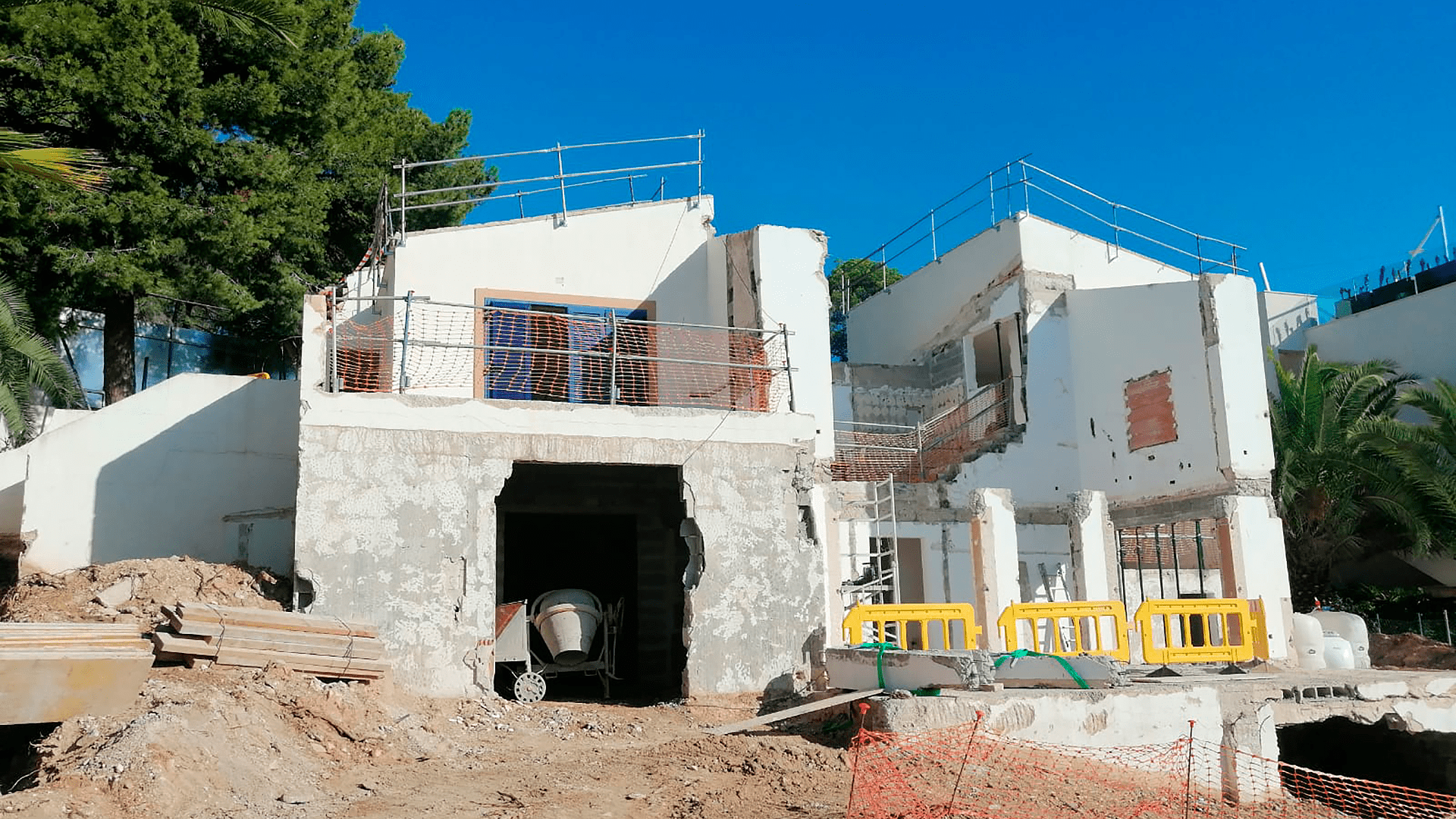

Incidental expenses of a building project in Majorca
What ancillary costs are associated with building in Majorca?
Building a new home abroad is a challenging project. Even if you have prior expertise with building projects in your homeland, doing so in another country is sometimes problematic, if not almost impossible. In Spain, different laws apply. Regulations, procedures, and accountable authorities take a distinct approach as well. In addition, you may not have all the information you need on this complex subject.
Before making a well-considered decision on whether or not to build a new home abroad, it is essential to know all the financial aspects of such a project. Acquiring a parcel of land, building on it, and obtaining the appropriate permissions and legal papers are associated with numerous fees and additional expenditures. These are not always easy to calculate at first sight unless one is an expert.
To minimise unpleasant surprises, the following is a chronological overview of all ancillary construction expenditures that may arise over the various phases of your building project. For many of these phases, you will need the expert help of architects, lawyers, and notaries. Furthermore, we would like to point out that the procedures, costs, and timelines can vary substantially depending on the municipality in Majorca where you intend to build.
Building regulations and costs differ from one municipality to another and between urban and rural plots. Therefore, we will explain and present the fees using a real-world example: Calvià. This municipality is one of the most sought-after by international developers for new construction projects.
How much do land development and fencing cost?
During your search for a building plot, and depending on which one you choose, you may need to apply for a Planning Information Certificate (in Spanish: Certificado de Aprovechamiento Urbanístico). This certificate provides information on the building plot, such as the service connections for sewage/water, electricity, etc. This certificate costs €30. If your property is not yet connected to the power and (waste) water networks, the development expenses vary greatly depending on the municipality but might reach five figures.
Furthermore, the land must be completely fenced. Additional expenditures of up to five digits may occur depending on the size of the building plot and the chosen fencing (stone wall, wire mesh fence, etc.). Such fencing is a prerequisite for obtaining a building permit.
What are the additional expenditures associated with purchasing a plot?
Once you have chosen a suitable building plot, you can start the purchase procedure. The following fees and taxes are payable when purchasing land:
Capital Transfer Tax (in Spanish: Impuesto sobre Transmisiones Patrimoniales (ITP))
- The selling price is up to €400,000: the ITP = 8%.
- The selling price goes from €400,001 to €600,000: the ITP = 9%.
- The selling price goes from €600,001 to €1,000,000: the ITP = 10%.
- The selling price starts at €1,000,000: the ITP = 11.5%.
- Stamp Duty = 1.5% if applicable (in Spanish: Actos Jurídicos
Documentados (AJD))
- Notary fees
However, there is one exception: if the seller is a Private Limited Company (in Spanish: Sociedad Limitada), the Capital Transfer Tax (ITP) does not apply. Instead, 21% VAT (Value-Added Tax) is charged.
After successfully completing the land purchase, the architectural firm of your choosing may begin designing and planning the building of your new house. All architectural services are typically 10% of the total building expenses (if these are commissioned separately and no builder or general contractor is engaged).
How much do ancillary costs add up to while building a house?
The architect of your choosing submits the building project to the town hall once he has finalised the detailed plans for your future home. In the municipality of Calvià, a license fee of 1.68% of the construction costs applies when filing the building application (in Spanish: Proyecto Básico). The following step is to submit the planning for the implementation phase. In this case, a further handling fee of 0.55% is payable (= percentage of the licence fee).
After confirmation of the planning for the implementation phase by the municipality concerned, or with the start of construction, a building tax of 4.00% of the overall construction costs is payable.
The architect defines the building expenses in the documents presented. These expenses are calculated in advance and may vary dramatically throughout the construction process when adjustments are made and/or calculations must be revised.
When the municipality’s officials have inspected the building, they check the actual construction costs. On this basis, the licence fee, the handling fee and the building tax are revised, and the difference is claimed.
Thus, in the case of Calvià, a building project with a construction value of €1,000,000 incurs ancillary construction expenses of little under €57,000. This estimate excludes the additional costs associated with acquiring the land. Not to mention the expenditures of developing and fencing the building plot. As a result, the total ancillary costs of your building project may be substantial. With the aid of this list, you can now have an approximate idea of the amount of the ancillary building costs. We would be delighted to discuss these specifics with you in person.

